

ScuzzBlog: Diaries December 2023
Entry 25th December 2023: Post 1: Mick Roots - Unsung hero of the A1500 by A1500 Ltd Part 1.
Mick Roots - Unsung hero of the A1500 by A1500 Ltd Part 1.
Over the last month or so I have had the opportunity to chat with
the originating designer of the A1500. The A1500 houses the Amiga
500 in a differing case and provides an external keyboard plus many
other enhancing features.
What was interesting for me was that Mick pointed out that the box
I had was for the A1500 by A1500 Ltd who sadly went to the wall
before they could get off the ground. The product was picked up
by Checkmate who branded it under Checkmate Digital Limited.
Mick really never received the credit he deserved for all his hard
work in creating this wonderful masterpiece and so I asked Mick to
pen down some of his thoughts from the era. I have spread this
article over two posts and so Part 2 follows tomorrow.
I do have two of these machines and you can distinguish the one
from the A1500 Ltd house as per the box with the more curvy font
style. I am still not sure who exactly made the second of my
machines with the more simplistic font given that there is no
reference to A1500 Ltd or Checkmate. Mick suggests that one is
an early prototype of which only a couple of dozen were made.
Anyhoo here is the first half of Mick's article, so enjoy.
_________________________________________________________________
Hi Scuzz,
Disappointed not to have accidentally, stumbled on a ready source
of the A1500.
........
I have found over the years that giving stuff away usually leads to
recurring states of deep regret and guilt ridden thoughts of "If
only I still had that It would have helped".
Reality Check!
I can, probably, do without another time consuming 'pass-time' if
I'm being realistic (being unrealistic is one of my super powers).
Can I just state categorically that, it was never my intention to
oppose, diminish or threaten Commodore and I can't understand that
mentality. The design and intention were driven by so many other
forces that there had to be an expansion system for the Amiga 500.
The following events are not in chronological order because that
would make this more of a diary. Which it is not.
Imagine you are reading one of those stories that annoyingly flashes
back and forth through time. There are many links in the chain
of events I'm not even going to put half of them in here but here
are the ones that immediately come to mind or at least make some
sense.
Cause and effect:
You must have come across the old story about the official Commodore
drop fix for the A500. Before that we were breaking the seals
on new machines, to reseat the chips (probably shipped upside down
on stormy seas and bumpy roads).
I must have performed 4 or 5 of these reseating operations when
the A500s were first launched. Despite the grumblings, about the
indignity of it all, the 50-75mm drop fix worked on every machine.
(I personally did this to more than half a dozen machines) There
were half a dozen of us in the back office so who knows how many
were fixed this way (according to the theory of infinite probability,
quite a lot).
Before that the Boss was handing out new machines to those who
complained about broken seals, we were told that it would be OK
and we were getting new seals but no replacement seals ever arrived
so the back office team inherited a few extra development machines
(upcycle, recycle call it what you will). This provided a rapid
familiarity with and an affection for this new machine to all at
CTD and seeded the thinking of ways to mitigate CTDs Losses. Full
circuit diagrams and ROM Kernel manuals, totally described the
design philosophy and the nature of the custom chips which captured
the imagination.
More causes……..
CTD were already selling colour video digitisers and a host of
other kit to professional customers. The 16bit music sampling
Amiga Zorro card was well underway, and being demonstrated to major
manufacturers. SCSI CD writers, midi, genlocks, advanced graphics,
the possibilities were endless and the internet was just getting
started for small business and the common man.
This was the dream when a half a megabyte of RAM would cost over
£100:
A musician would be able to record a track in almost any country
and send it by modem or ISDN from home to a studio any where in
the world using an expanded Amiga 500.
Getting the Amiga into music and video studios was the strongest
drive for an Amiga 500 expansion system. My brother (an original
Amigan, a 68K assembly programmer and a professional musician)
had been contracted to provide a computerised music studio system
for a private customer. He wanted to use Amigas but was not happy
about having to use bulky Amiga 2000s.
Many Professionals thought the Amiga 2000 looked quite ‘clunky’
(no better than most OEM PCs) compared to the stylish (but unsuitable)
Amiga 1000 and other Higher-end competitors.
Rack-mounted, industrial strength, professional looking Amigas
were needed to capture the imagination of many of these (more
discerning) customers.
My experiences with industrial HMIs and computer casings (Not
making them but repairing and maintaining industrial machines
controlled by them) fitted perfectly for this task.
The reasoning that governed it's dimensions:
A snug fit into 19" rack systems was the target. Re-orientate and
replace the floppy drive (still a useful tool at the time) and
bring the most used ports to the front and the job is half done.
I was not one to half do a job. Genuine internal expandability
and upgrade path along with being easily re-transportable were
firmly embedded in the specification. The original A500 floppy
drive was not part of the plan for professionals. PC floppy drives
were inexpensive and easily adaptable. For home users the prototype
‘2 layer’ disk drive front plate was substituted for an inexpensive
‘pressed’ version.
A few features were added to the launched version of the A1500
after the intervention of Checkmate as it was deemed necessary to
design for the same ‘box-shifting’ market to be compatible with
and supply to Checkmate amongst others. This was not a good move
by A1500 Ltd. We could have pursued the original goal even though
this would now have new risks and would need new financing.
Although Others were supplied Checkmate would not relent on their
path and you can make your own mind up about their reasons.
The Commitment:
Having Worked for CTD and spent many months of days and nights
(beavering away in the North London offices without a break or
any structure in my life) despite having a wife and children at
home. I realised that I did not actually get any productive work
done during office hours and so I was catching up by working all
night. DO NOT DO THIS YOU MAY KILL YOURSELF or end up killing
someone else with your carelessness. I was a wreck. After a couple
of, very, near misses I decided that this was not sustainable.
I went back to a familiar profession as an industrial machine
maintenance engineer on shift-work.
This was a very easy, family friendly and financially rewarding
lifestyle in comparison but lacked the adrenalin high of 'making
real' something not yet invented. I committed my self to the goal
of producing the Expansion system in my spare time (with the
continental shifts I was having 10 days off in succession). I had
plenty of time for family and the Amiga 500 expansion system.
Features:
The A1500 had to have a heavy duty casing as there were other
industrial processes that the Amiga could have handled, some of
them requiring 'hugely heavy' high resolution monitors (we were
still in the age of the cathode ray tube) and it looked like TV,
video, and Music production will require desk tops and rack mounts.
My own CAD monitor (at least 24" 'caved in' the casing on the
previous owners PC (we shared the back office with those fellows)
and anything above a 19" multi-sync would do the same (or worse)
to an Amiga 2000. That beast of a monitor sat stable and sound
on my bare metal A1500 Ltd prototype.
For the desktop users, I decided it should be able to be pushed
against a wall when space was limited and not damage those cables,
especially if you had an internal A590 kit (there was the likelihood
of two PSU's) unless you were forking out for extra, unnecessary,
upgraded external PSU's . There should have been a 16mm blanking
plug for non-A590 owners (an over-site during packaging).
One thing I do remember about sourcing parts is searching the globe
for many weeks to locate 86 pin 0.1" pitch, gold flashed edge
connectors. With all our contacts no one was getting results.
100pin was easy to get and we started to think that commodore had
some kind of exclusive deal with a far-eastern manufacturer. Oh!
How we laughed when we found that AMP made them and their main
factory was about a mile from our office (happy days).
Other favourite features of the design, for me, were the suspended,
ventilated back panel fixing and being able to slide the whole
thing out through the back for maintenance or upgrade.
Very Fed up with computers sucking air through the floppy drive
inspired a different ventilation scheme. Anything from one to a
bank of 3 60mm fans could mount along the front adjacent to the
floppy drive and create a through flow if 100 pin Zorro cards were
fitted. A minor tweak to allow easy replacement of the 'most
pulled ports' was the T slot for the nine pin ribbons to slide into.
The aperture above the video and power ports fits an A2000 graphics
card. I had a Microway flicker fixer in my office machine (the
bare metal prototype) all the required signals are found on the
23 pin video 'D' connector. The video edge connector mounted onto
the (side universal expansion rising support) and LED plate.
It was obvious to the observer that (unlike any other variation on
a machine of the time) the Amiga 2000 was an A500 with more auto-
config slots than it could ever need (most of which would very
quickly become redundant with the predicted fall in memory prices
and sizes).
All known expansion options could be fitted Inside. Expansions
that were already peripheral for home users could transition inside
with the array of adaptors available.
We were convinced that a deal could be made where the Amiga 500
component parts could come from reworked rejects. The A1500, could
initially, have been supplied complete to customised specifications
for professionals in music and video production.
The supply of D.I.Y kits (like many other brain-storms) could come
later when the professional and semi professional market had financed
the production costs.
How could it Harm Commodore to steal a march on the competition
by having 19" rack mounted Amigas? (It's 2U if you check the
dimensions) a batch of rack mount kits were manufactured by A1500
Ltd. PC's were in all manner of enclosures in industrial processes.
The Under/over box (a functional, working, description and not an
actual end product name) could have been instrumental in promoting
the rack mounted, accelerated Amiga 500 into studios around the
world. Had the project reached completion A1500Ltd. Would join
with CTD and CTD would, most likely, have approached (and potentially)
co-operated with Commodore before launching. If it were someone's
intention to force Commodore's hand and possibly damage the future
development of the Amiga then that would be the act of an evil
genius. I don't know anyone who fits both of those adjectives. But
It would not stop a self-important attention seeker from bathing
in some perverse sort of glory by trying to take the credit.
Summary:
In my opinion Commodore, as an organisation, suffered the same fate
as all the other boom-time box-shifters. Having reached the limits
of that popular business model. Even the biggest realise that once
you establish a model in the eyes of the consumer that it was almost
impossible to change. And that in itself is what has changed.
The Microsoft model of the time: Weak or no copy protection on
operating systems. Licence multiple manufacturers to build PC’s
in competition with each other. The internet is a passing fad
The Apple model: Make them pay for absolutely everything and give
out minimal information to those who pay ridiculous amounts of
money so they feel better than the common man. The internet is a
passing fad
The Commodore Model: Make every thing and develope the technology
at an alarming rate then change direction to keep up with the
latest technology. No copy protection that can not be hacked by
school children. As you gave away all the information required to
make it all. For the price of a book to which you do not own the
rights. The internet is going to be a great way of telling everyone
how to make an Amiga for themselves..
IBM Model: Give nothing away while you recover from the thrashing
you got from Bill and keep selling those AS400’s as business loves
the green screen terminal and server combo. The internet is the
same as a big intranet.
The Amstrad Model: Pile them high and sell them cheap. The inter
what?
All the others: Make it black and shiny and more expensive than
all the competition you don't need anything or anyone else with
this beast.
...... END POST
PS if any of you have a spare original A1500 machine that you
want to gift to Mick I will certainly be happy to pass on his
contact details
Mick Roots - Unsung hero of the A1500 by A1500 Ltd.
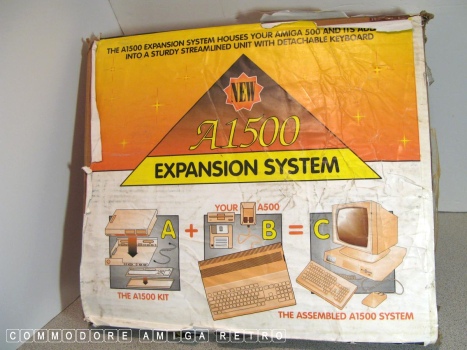
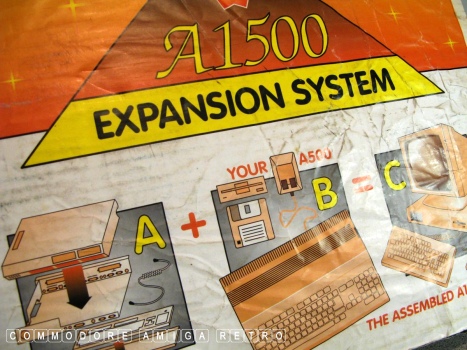
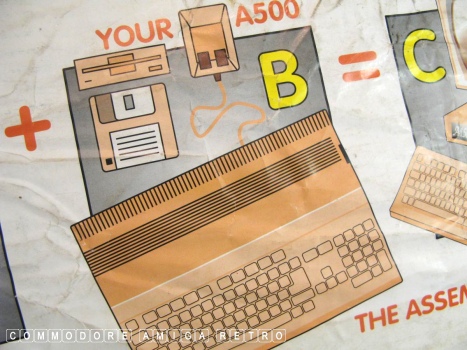
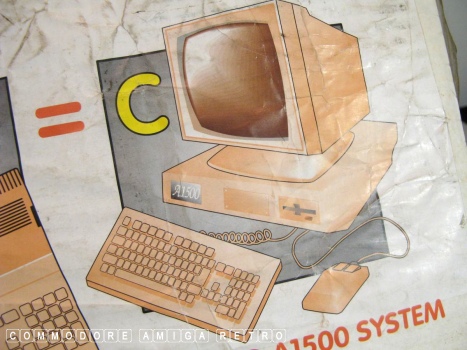
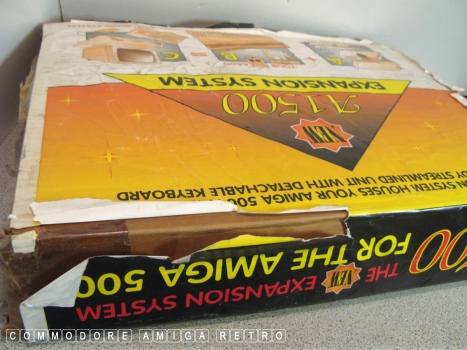
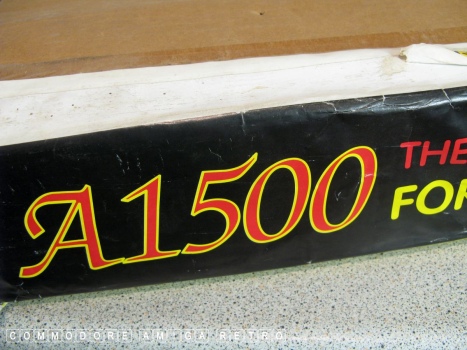
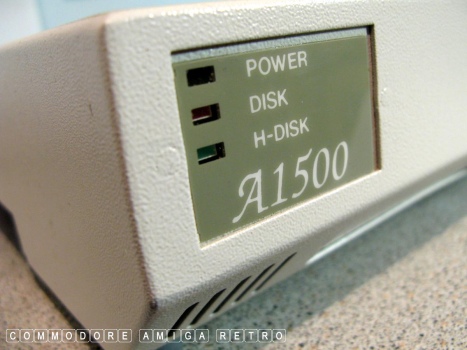
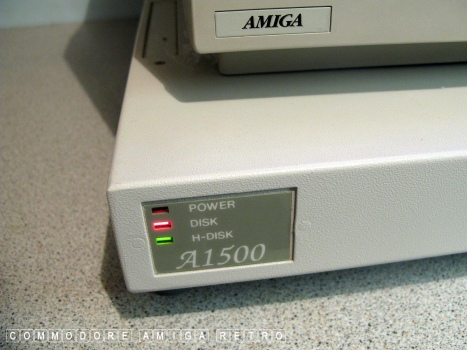
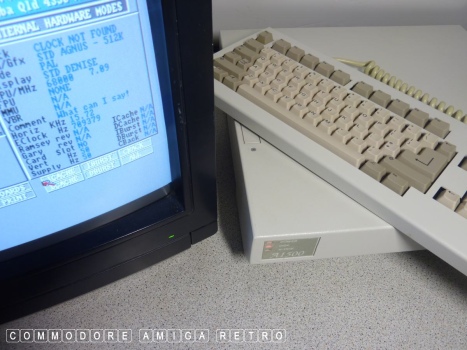
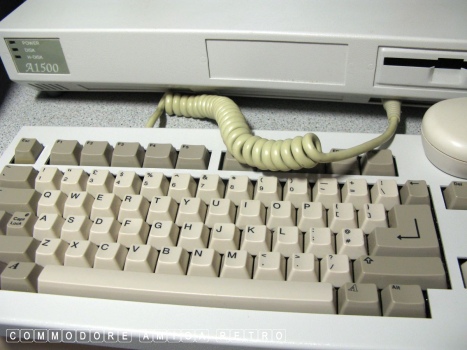
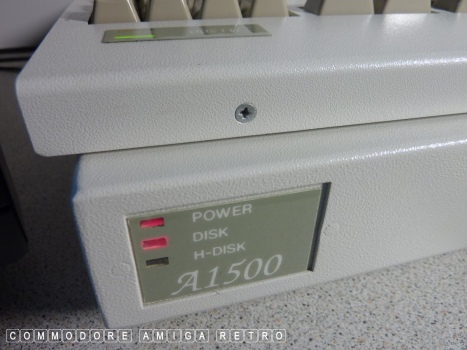
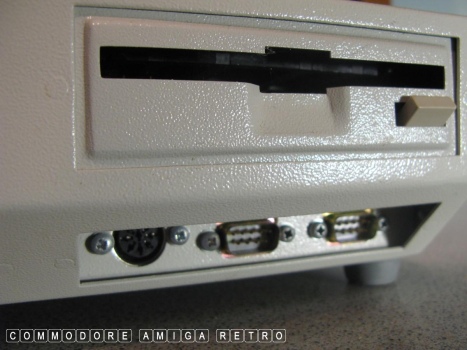
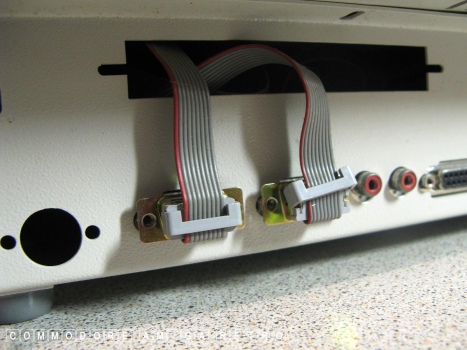
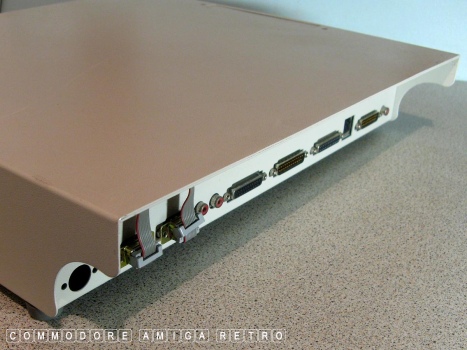
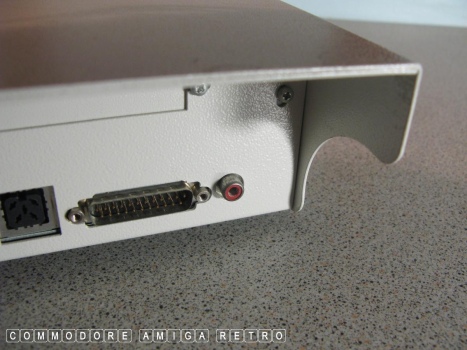
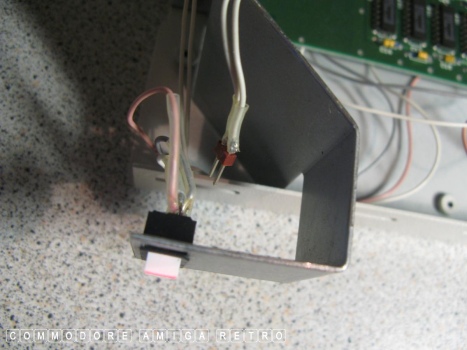
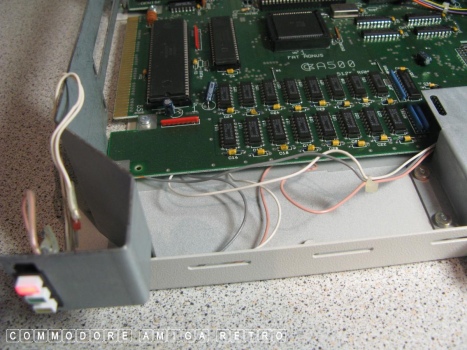
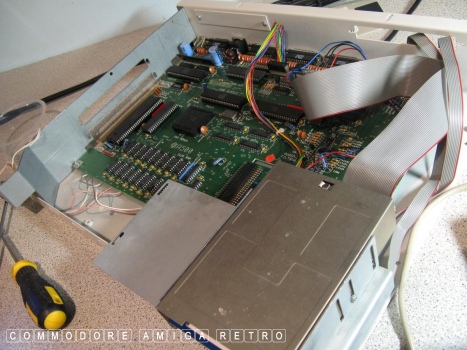
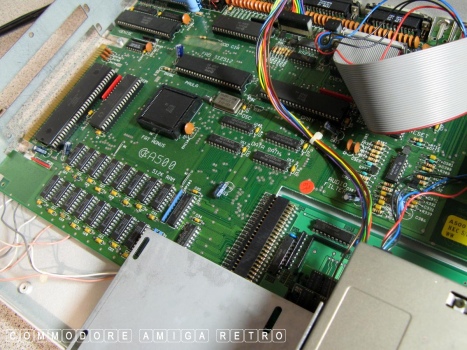
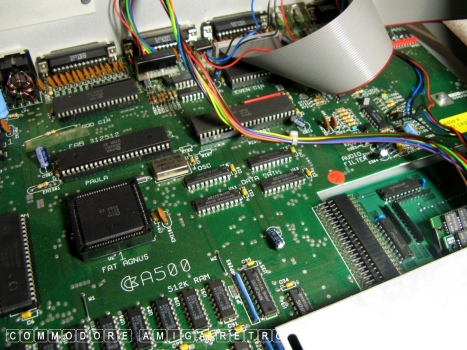
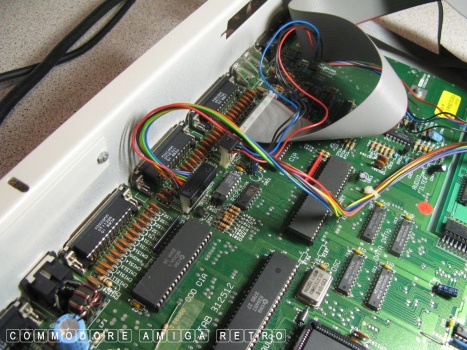
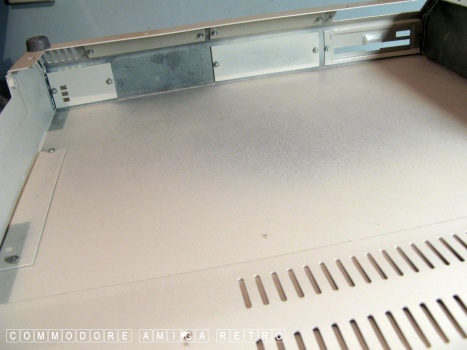
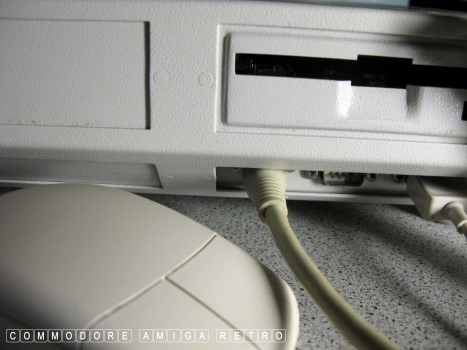
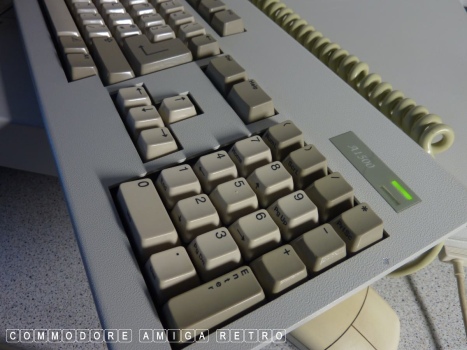
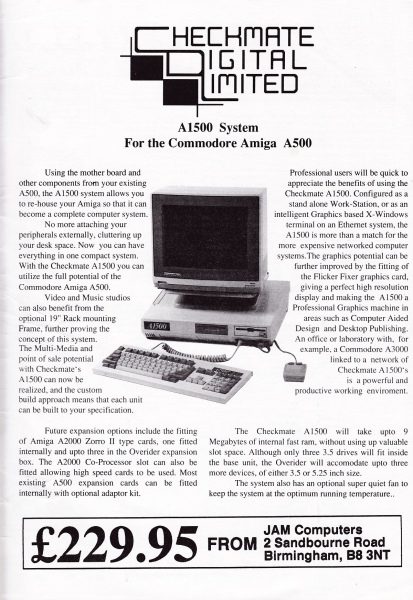
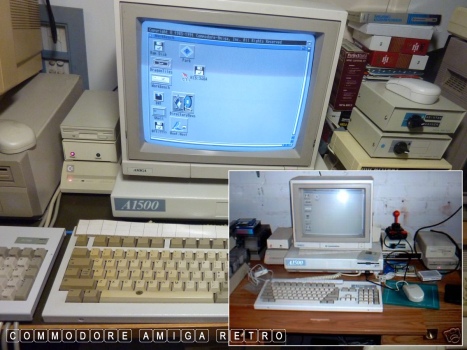
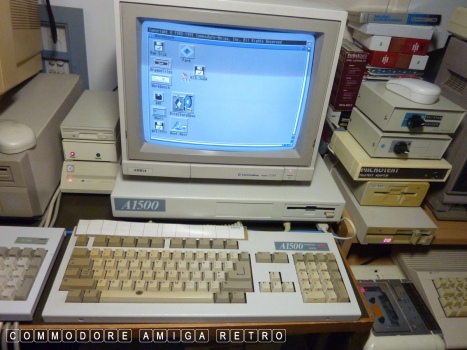
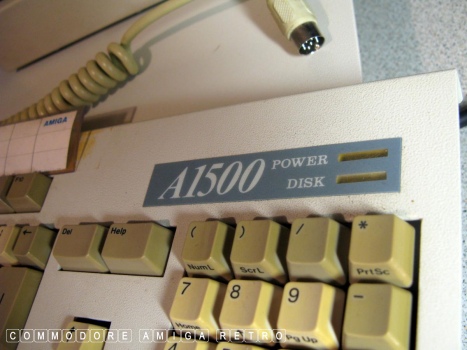
|

If you can only see this CONTENT window
then click the image above for the full site
Last updated 25th December 2023
Chandraise Kingdom

Keep the Faith
scuzzscink 2023


![]()


![]()